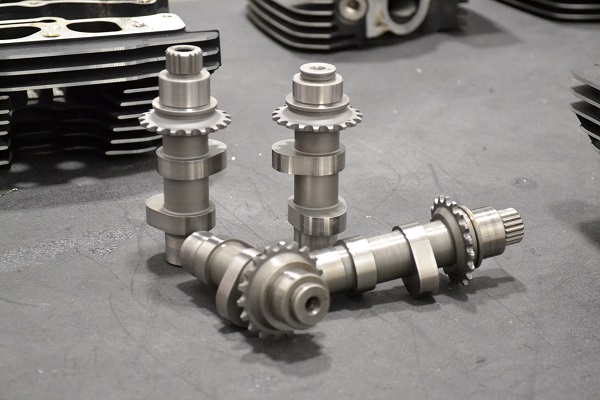Cam Basics Chapter 1: How Camshafts Work
Understanding how camshafts work is essential for optimizing engine performance. The camshaft plays a crucial role in controlling the timing, duration, and lift of the intake and exhaust valves, directly affecting horsepower, torque, and throttle response.
In Chapter 1 of our Cam Basics video series, Jim breaks down the fundamental camshaft events and explains how they impact your engine’s performance. Whether you’re new to engine modifications or looking to fine-tune your Harley-Davidson, this video provides valuable insights into cam timing, valve lift, and duration.
Watch the full video here.
How Camshafts Work: Key Concepts
Valve Timing – Determines when the intake and exhaust valves open and close, impacting fuel efficiency and power delivery.
Lift & Duration – The lift controls how far the valve opens, while duration affects how long the valve stays open, influencing airflow and combustion.
Lobe Separation Angle (LSA) – Affects the overlap between intake and exhaust valve events, tuning the engine’s powerband.
Camshaft Profiles – Different cam designs can enhance low-end torque, midrange power, or high-RPM performance, depending on the grind.
Why Camshafts Matter for Performance
Upgrading to a performance camshaft can significantly improve horsepower and throttle response, especially when paired with high-flow exhaust systems, big bore kits, and precision EFI tuning. Whether you’re building a torque monster for the street or a high-revving race engine, selecting the right camshaft is key.

